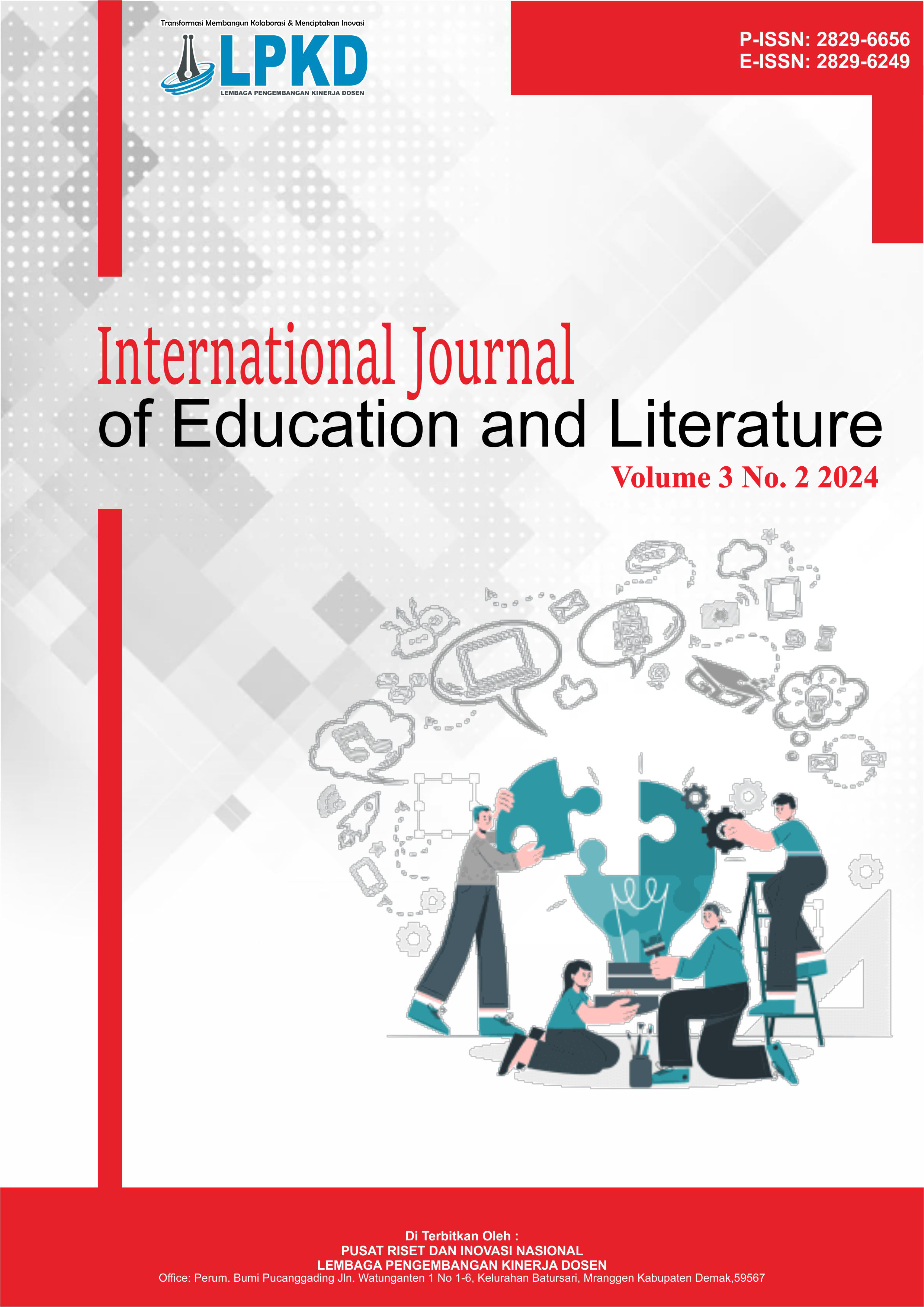Juridical Review of the Criminal Act of Car Theft by Rental Car Mode According to the Criminal Law (KUHP)
DOI:
https://doi.org/10.55606/ijel.v3i2.115Keywords:
Theft, Embezzlement, Mode, Car RentalAbstract
Transportation is very important for our daily lives when we want to travel. Rental cars are one of the current solutions when we don't have a vehicle. However, the convenience provided by car rental is often misused by irresponsible parties. Starting from damaged returns, theft and embezzlement. The research carried out by researchers is Empirical Juridical legal research which is research that directly obtains data in the field. By doing research in the field, researchers will understand better and be able to find out more clearly the actual events related to the title of the research being studied. From the results of this research, the author can conclude that one of the modus operandi of embezzlement in the jurisdiction of the Riau Islands Regional Police is the crime of embezzlement and/or fraud and/or malicious assistance. This way the car is rented and then pawned to someone else without the knowledge of the original owner of the car. For this reason, the police have two efforts to overcome this, namely by preventive and repressive methods. The police's obstacles in uncovering cases are two factors, namely internal and external factors. The suggestions put forward in this research are the need to increase the budget in the context of investigating and investigating criminal acts of embezzlement of rental cars, providing education to car rental businesses to install GPS to increase car security and providing more telescopic services for rental cars.
References
Arief, B. N. (2004). Kebijakan legislatif dalam penanggulangan kejahatan. Jakarta.
Chazawi, A. (2003). Kejahatan terhadap harta benda. Universitas Negeri Malang.
Dirdjosisworo, S. (1986). Penanggulangan kejahatan (crime prevention). Bandung: Alumni.
Fajar, M. N., & Achmad, Y. (2010). Dualisme penelitian hukum normatif & empiris. Yogyakarta: Pustaka Pelajar.
Fakultas Hukum Universitas Batam. (2024). Buku panduan penulisan proposal dan tesis. Batam: Fakultas Hukum Universitas Batam.
Fakultas Hukum Universitas Diponegoro. (1996). Dengan pidana penjara (Cetakan kedua). Semarang: Universitas Diponegoro Press.
Hadjon, P. M. (1987). Perlindungan bagi rakyat di Indonesia. Surabaya: PT Bina Ilmu.
Kansil, C. S. T. (2009). Kamus istilah hukum. Jakarta: Gramedia Pustaka.
Kartanegara, S. (n.d.). Hukum pidana kumpulan kuliah bagian satu. Balai Lektur Mahasiswa.
Lamintang, P. A. F. (1981). Kitab pelajaran hukum pidana; Leeboek van het Nederlanches Straftrecht. Bandung: Pionir Jaya.
Moeljatno. (2000). Asas-asas hukum pidana. Jakarta: Rineka Cipta.
Muladi. (2002). Lembaga pidana bersyarat. Bandung: Alumni.
Perkap Nomor 6 Tahun 2019 Tentang Penyidikan Tindak Pidana..
Poernomo, B. (1992). Asas-asas hukum pidana. Jakarta: Ghalia Indonesia.
Shidarta. (2006). Moralitas profesi hukum suatu tawaran kerangka berfikir. Bandung: PT Revika Aditama.
Soekanto, S. (1986). Pengantar penelitian hukum. Jakarta: UI Press.
Soekanto, S. (2009). Penelitian hukum normatif suatu tinjauan singkat (Cetakan ke-11). Jakarta: PT Raja Grafindo Persada.
Sudarto. (1990-1991). Hukum pidana. Purwokerto: Fakultas Hukum Universitas Jenderal Soedirman.
Triatmodjo, P. (2013). Peluang bisnis dunia otomotif. Jakarta: Diva Press.
Van Apeldoorn, L. J. (1985). Pengantar ilmu hukum. Jakarta: Pradnya Paramita.
Undang-undang Dasar Negara Republik Indonesia Tahun 1945.
Undang-undang Nomor 1 Tahun 1946 Tentang Kitab Undang-undang Hukum Pidana.
Undang-undang Nomor 8 Tahun 1981 Tentang Hukum Acara Pidana.
Downloads
Published
How to Cite
Issue
Section
License
Copyright (c) 2024 International Journal of Education and Literature

This work is licensed under a Creative Commons Attribution-ShareAlike 4.0 International License.







